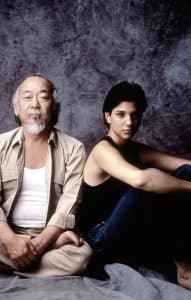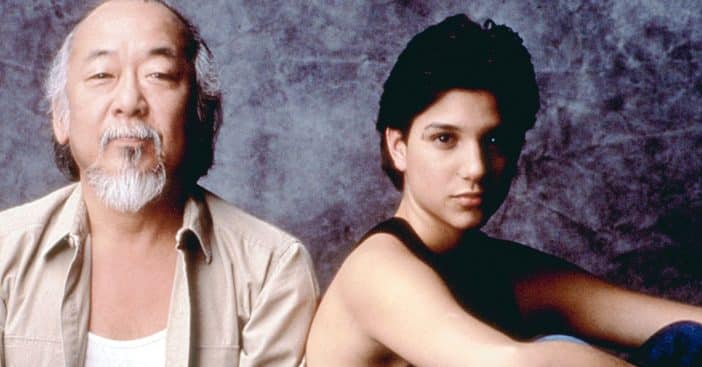
Released in 1984, Karate Kid had viewers crane-kicking and believing they’re the best around. It is now remembered as one of the quintessential sports films of the ’80s and maintained a following strong enough to generate a sequel series, Cobra Kai. But Karate Kid has also faced some criticism, feedback that the film’s star Ralph Macchio is ready to address.
Macchio has stayed close to the franchise over the years, in part because of his prominent role in Cobra Kai, and most recently because of his new memoir, Waxing On: The Karate Kid and Me, released October 18. Critics have noted that the series that gave Macchio his most famous role lacked diversity, and Macchio recently addressed this claim with a nod to history and the life and struggles of his late co-star, Noriyuki ‘Pat’ Morita. There, Macchio says, Karate Kid broke unprecedented ground. But how?
Ralph Macchio addresses criticism against ‘Karate Kid’
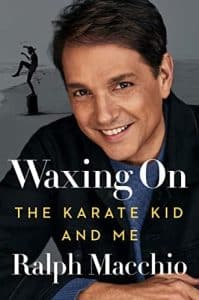
The original Karate Kid follows new kid on the block Daniel LaRusso, a kid frequently bullied by his nemesis Johnny Lawrence, played by William Zabka. He is taught karate by handyman Mr. Miyagi, whose teaching methods gave chores a whole new purpose. In the first installment, Mr. Miyagi was the most prominent Asian connection to karate’s roots in Okinawa, where Miyagi’s family hails from. Otherwise, the main hero is white, so is his nemesis, and so is the indomitable Sensei Kreese, with Karate Kid settling into its California setting outside of its Asian-American community, spurring further criticism.

RELATED: Pat Morita: The Tragic Life Of The ‘Karate Kid’ and ‘Happy Days’ Star Revealed
“People have said it’s a very white cast,” noted Macchio, “that it didn’t dive into the Asian story.” He goes on to counter, “But I always say this: The film was ahead of its time because it was a popcorn movie that talked about Japanese internment camps during World War II.” In fact, he adds, the history of those camps is personal to the fictional Mr. Miyagi and his actor Morita, a detail that almost did not make it into the movie but ended up receiving huge praise from viewers and critics.
The history of Japanese internment camps in America was an important detail to highlight
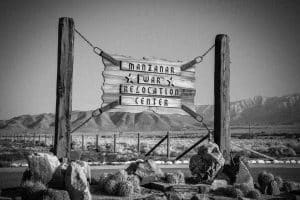
Executive Order 9066 greenlit the establishment of internment camps to house Japanese-American citizens, regardless of national loyalty, during World War II. It’s estimated that about 120,000 citizens, predominantly Japanese-Americans, were impacted by this measure, which included arrests, relocations, and raids. After the war, this detail in American history was not a mainstream topic; in fact, it took until 1988 for President Reagan to sign the Civil Liberties Act, which moved to compensate the hundreds of thousands of Japanese-American citizens who had been incarcerated at a camp.
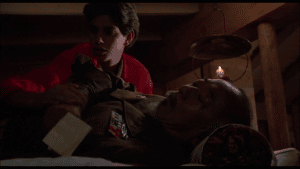
Even when the topic was not a widely-discussed one, Karate Kid put it in the spotlight, Macchio notes. A scene in the ’84 film sees Mr. Miyagi share with Daniel that his wife had been sent to a camp and died in childbirth there; the baby also died, all while Mr. Miyagi had been serving in the 442nd Infantry Regiment. “Pat himself spent two years in the camps,” Macchio noted. “So it had double meaning and some depth.” Indeed, Morita’s youth had been a difficult one; after a long battle with spinal tuberculosis, an 11-year-old Californa-born Morita recovered just in time to be transported from the hospital to an internment camp. The scene that described Miyagi’s time there was almost cut to shorten the run time but the support it got from a test audience put that debate to rest and netted Morita an Oscar nomination for his performance.
What do you think of the Karate Kid franchise’s inclusion or omission of Japanese culture?
